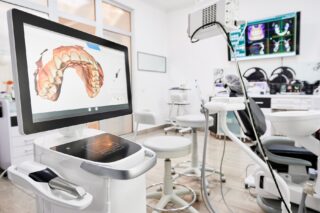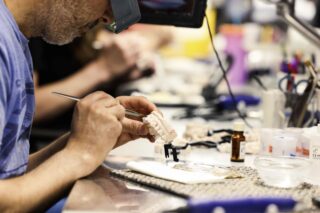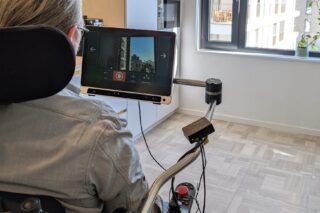In today’s digital landscape, there’s a growing demand for medical services to run from a computer. This approach isn’t entirely new. What is new is the growing accuracy, efficiency, and ease of use it brings.
This article was written by Amplivox Ltd.
Over the years PC-based audiometry has seen significant advancements. It now offers better features, more user support, and fits seamlessly into clinical practice. Allowing data to be stored quickly in preparation for the next action in a patient’s rehabilitation.
However, many clinicians still use dedicated, hardware-based audiometers to perform audiometry. Whilst non PC-based audiometers provide familiarity and can be used relatively quickly for testing, they do not integrate to modern EMR systems. Therefore requiring another step in the workflow and slowing down the process.
By leveraging software and hardware, clinicians and hearing health experts can benefit from infinitely more sophisticated, cost-effective and flexible solutions. Which results in a more efficient, connected and streamlined in-clinic workflow.
Today, making the transition to PC-based audiometry has never been easier. Some of the key advantages include:
Efficiency and Convenience
Traditional audiometry requires manually controlled devices, along with a lot of paperwork. This can be incredibly time consuming. PC-based audiometers often simplify these tasks by preparing / automating behaviours upfront and prompting the next steps. This lets audiologists focus more on the patient instead of the technology.
The software can automatically adjust test frequencies and intensities, reducing the time spent on test setup and ensuring consistent test conditions.
Test protocols and parameters can be applied over wide installations of computer systems ensuring that you and your colleagues are all operating in the same way.
Cost-effectiveness
Traditional audiometers often come with high upfront costs, especially those that integrate multiple features or have specialised capabilities (e.g., bone conduction testing or speech audiometry).
PC-based systems, however, can be updated more easily and less expensively than hardware-based systems. Software updates, troubleshooting and repairs are typically less costly, as they can often be done remotely and can include the addition of new features.
User-friendly Interface
Many PC-based audiometry systems now have user-friendly interfaces. This can be applied in different ways; often including touch screens, simple menus and clear instructions.
This allows audiologists to quickly learn the system and operate it with minimal training, enhancing their overall efficiency. As well as counsel/explain the test results to the patient.
Data Management
Data collection and storage has become much more regulated in recent years with the introduction of GDPR (General Data Protection Regulation). Along with a greater emphasis on digitalisation.
In the past there was more emphasis on physical (paper) reports and record files which are not accessible across wider infrastructure. We now have cloud storage and remote data locations for servers. This has brought benefits in speed, efficiency and accuracy:
- Removes the need to physically print, write, or copy something to save it. Instead, time can be used to focus on the task at hand or your patient to provide a higher level of care.
- All data is stored and kept in one central place for retrieval and sharing. It can also be encrypted and backed up.
- As data is stored and saved it removes the need for human involvement and therefore human error. This also saves time and resources on having manual data input.
- It prevents needless waste of paper printouts and records by storing everything digitally.
- Accessible everywhere and shared easily with key decision makers, speeding up the process.
Flexible and Customizable
Every patient’s needs are different, and PC-based systems allows for personal preferences to be applied, making the overall workflow more bespoke.
For example, an audiologist may choose to adjust the intensity, frequency range, or duration of tests to better suit a paediatric patient. Or use more complex testing for elderly patients.
Test protocols and parameters can also be applied over wide installations of computer systems. This ensure that users are all operating in the same way within the same organisation.
Analysis and Reporting
Traditional testing often requires the audiologist to interpret results during the test, which could introduce bias or inconsistency. However, many PC-based audiometric systems come with built-in tools for analysing and presenting hearing data in various formats.
Audiologists can quickly visualise audiometry, tympanometry and other relevant data in graphical form. This minimises human bias in interpreting thresholds and ensures more objective findings. It also makes it easier to communicate the results to patients and other healthcare providers.
Since audiologists store the test data digitally, they can also track changes in a patient’s hearing over time. This long-term data is extremely useful for tracking hearing loss. It also helps us see how well treatments work, like hearing aids or surgeries.
PC-based systems often allow audiologists to generate customised reports. These reports can be easily printed, emailed, or uploaded to the patient’s digital health record, reducing administrative workload.
Third-party Integration
The integration of PC-based audiometers with EMR (Electronic Medical Records) and office management systems streamlines data management, reducing manual entry and potential errors.
This seamless connectivity allows for immediate access to patient data, facilitating timely and informed decision-making. Ultimately, this provides a bespoke end-to-end workflow focused on the task.
Amplivox Solutions
All these benefits reflect a broader trend towards integrating advanced technology into audiometric practices, aiming to improve accuracy, efficiency and patient care.
At Amplivox, we offer a suite of PC-based audiometers operated directly through our state-of-the-art audiometry and data management software (Amplisuite).
For more information about our audiometers, visit our audiometers webpage. Or contact our customer support team on +44 (0)1865 880 846 or email.
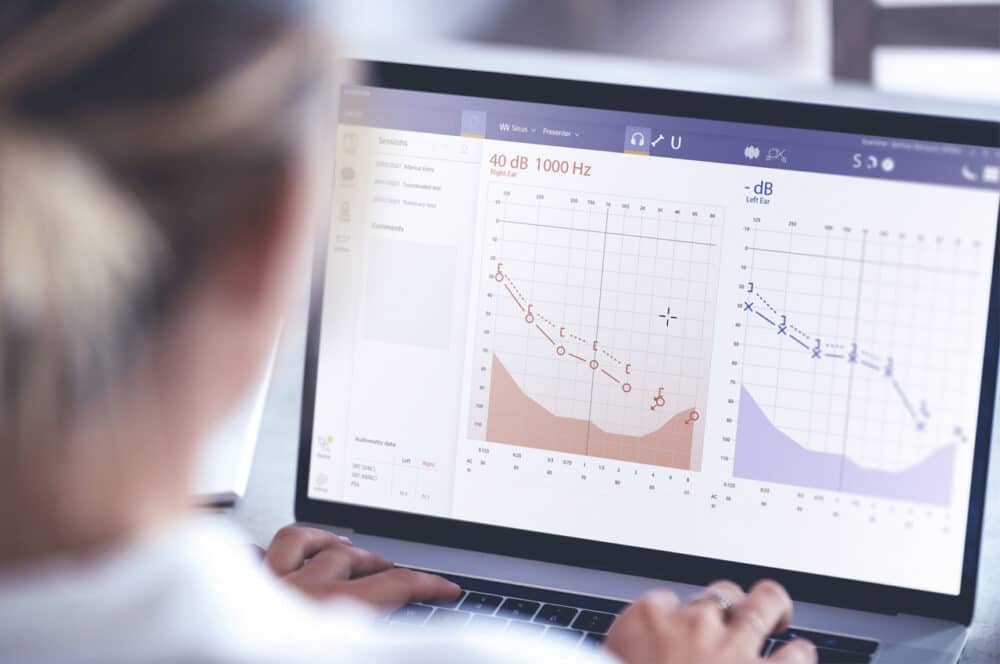

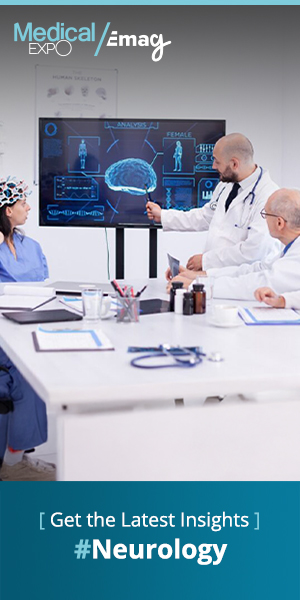



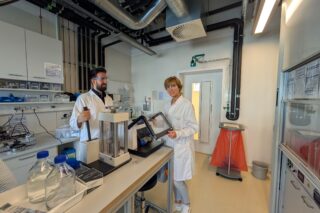

![Image [Dental] Inside the Straumann EXACT™ Digital Pilot with ClearChoice](/wp-content/uploads/sites/9/dental-office-blonde-dentist-in-a-black-uniform-co-2024-12-05-03-19-09-utc-min-320x213.jpg)
